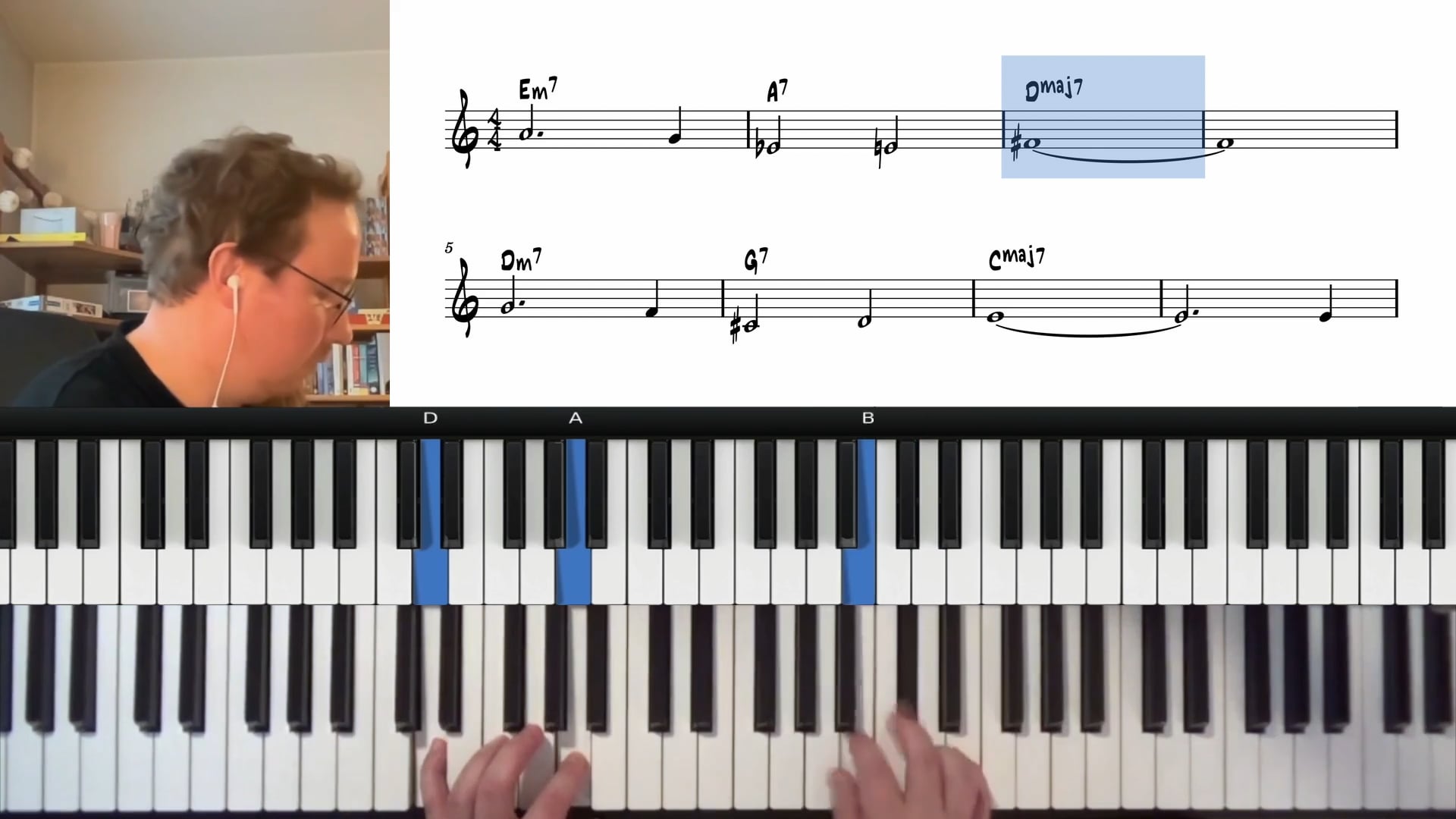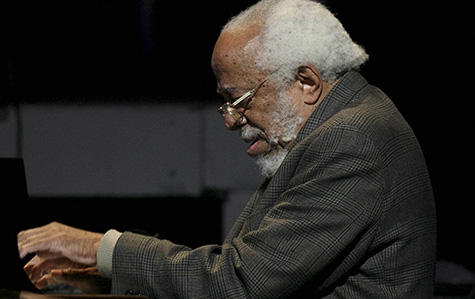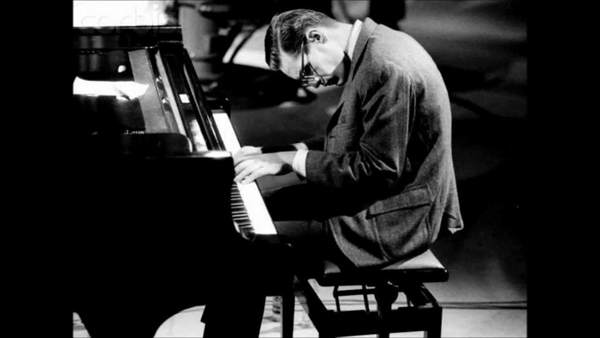
Tuomo Uusitalo
Tuomo is an award-winning pianist, composer, arranger and educator. Having released two albums as a leader, he has established himself in the New York jazz scene and continues touring internationally both as a leader as well as sideman.
Seminar Description
Seminar Description
Hank Jones – A Listening Study
Welcome to this month’s listening classroom, where we explore the artistry of one of jazz’s most sophisticated and versatile pianists—Hank Jones. As a master of swing, bebop, and solo piano, Hank Jones remains a vital figure in jazz history, influencing generations of musicians with his refined touch, harmonic mastery, and impeccable phrasing.
The Legacy of Hank Jones
Hank Jones, the eldest of the legendary Jones brothers (including drummer Elvin Jones and trumpeter Thad Jones), was renowned for his elegant and understated playing style. His career spanned over seven decades, during which he performed with an astonishing range of artists, from swing-era icons to bebop pioneers. Whether as an accompanist, sideman, or soloist, Jones brought a level of harmonic sophistication and rhythmic fluidity that set him apart.
In this session, we’ll explore his career highlights, analyze his unique approach to jazz piano, and study his influential recordings. We’ll also discuss how his style evolved while maintaining a strong connection to the roots of jazz piano, particularly stride and swing influences.
The Evolution of Hank Jones’ Style
Early Influences & Bebop Era
Hank Jones’ early years were shaped by stride and swing pianists like Fats Waller, Teddy Wilson, and Art Tatum. His exposure to these styles laid the foundation for his impeccable sense of time and touch. However, moving to New York in the 1940s placed him at the heart of the bebop revolution, where he played with icons like Charlie Parker, Dizzy Gillespie, and Coleman Hawkins.
His 1955 album The Trio showcases his ability to bridge swing and bebop seamlessly. His interpretation of How High the Moon highlights his sophisticated comping and fluid right-hand improvisations, reminiscent of a tenor saxophonist’s phrasing.
The Art of Accompaniment
Jones was one of the greatest accompanists in jazz history, working extensively with vocalists like Ella Fitzgerald. His ability to enhance a singer’s phrasing while maintaining a light, supportive touch is evident in recordings such as Broadway from Rhythm is My Business. His approach to comping in big bands was also deeply insightful—he famously advised pianists not to play when the ensemble is playing, ensuring clarity and balance in the arrangement.
The Soloist & Innovator
Beyond his work as a sideman, Hank Jones was a brilliant solo pianist. His 1976 album A Tribute to Duke Ellington features a stunning interpretation of Satin Doll, where he uses chromatic dominant movements and stride techniques to create a sophisticated yet swinging rendition.
A prime example of his harmonic genius is his 1992 album Handful of Keys, where he pays homage to Fats Waller. His version of Honeysuckle Rose is filled with unexpected harmonic twists and re-harmonizations, demonstrating his ability to take a simple melody and transform it into something harmonically rich and inventive.
Later Years & Collaborations
Even in his later years, Hank Jones continued to evolve as a musician. His duo recordings, such as Steal Away with bassist Charlie Haden and Kids: Live at Dizzy’s Club with saxophonist Joe Lovano, show his sensitivity, interaction, and deep musical wisdom. His playing remained fresh, dynamic, and relevant, even at the age of 87.
Five Practice Tips Inspired by Hank Jones
-
Master the Art of Accompaniment – When comping, focus on leaving space and complementing the soloist. Study Jones’ work with Ella Fitzgerald to develop sensitivity and restraint in your playing.
-
Incorporate Stride & Swing Elements – Even in modern jazz, elements of stride piano can add depth to your playing. Practice alternating bass patterns and chord voicings inspired by Hank Jones’ Satin Doll arrangement.
-
Explore Chromatic Dominant Movements – Jones frequently moved dominant 7th chords chromatically to create tension and release. Try applying this concept to jazz standards to add harmonic sophistication.
-
Develop a Strong Left-Hand Technique – Whether using rootless voicings, shell voicings, or stride patterns, a solid left-hand foundation allows for greater flexibility in solo playing. His Handful of Keys album is an excellent study resource.
- Listen & React in a Group Setting – When playing in a trio or duo setting, observe how Jones subtly signaled harmonic changes to bassists. Work on communicating with other musicians through dynamics and phrasing.
Hank Jones’ music is a treasure trove of jazz piano wisdom. By studying his recordings and approach to harmony, we can deepen our understanding of jazz and develop a more refined playing style. Be sure to check out the listening list provided, and as always, feel free to ask questions in the forum. Happy practicing!






